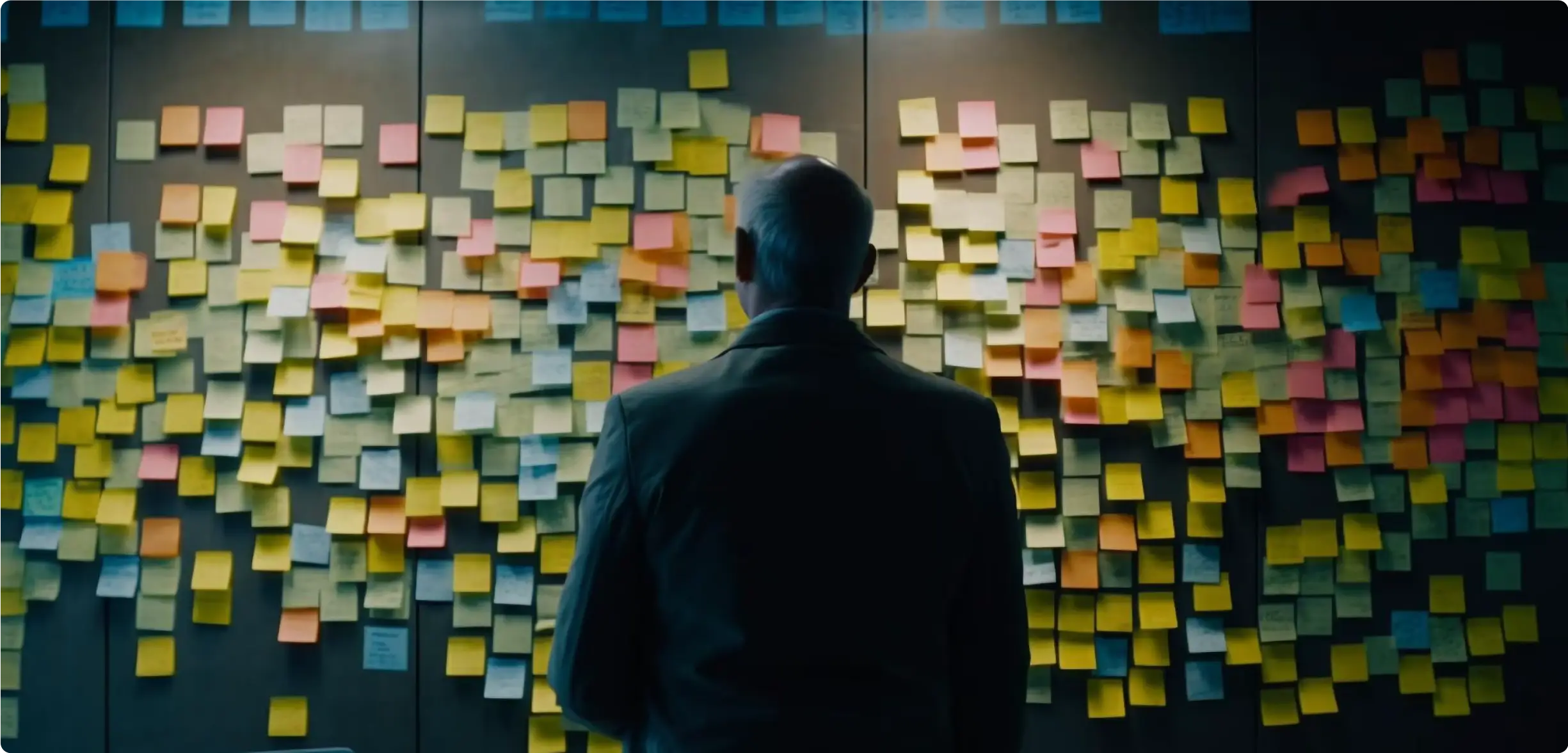
Imagine it’s 6 pm on a Friday. Your customer support representative is looking forward to the much-anticipated Friday night party. Just then, the phone rings. On the other end, a frustrated customer is struggling to find the “Export Data” feature in your product.
This customer care executive has already helped 17 people with the same issue today. The irritated customer support executive thinks, “What is wrong with these people? Why can’t they find a simple feature?”
But the issue is not with the customer. The issue is with the product. The product is overloaded with so many features that the most useful ones have become buried in the noise, making it hard for users to find them.
Feature Creep: A Problem That Refuses to Die
It’s like an addiction. We want features. And then, we want more. Sometimes, a customer makes these requests, while on other occasions, it’s the internal stakeholders. Often, the pressure of the competition (FOMO) forces us to incorporate more features. Amidst all this, we forget the most important stakeholder – the user.
Products continue to be bloated with new features while usage remains low. The statistics are striking: 80% of users use only 20% of the features 80% of the time.
The Hidden Costs of Feature Creep
Feature creep affects various parameters that determine the product’s performance – Usefulness, Usability, Credibility, Findability, Accessibility, and Desirability.
These impacts translate into significant costs that can hinder a company’s growth and efficiency:
- Development costs
- Maintenance costs
- Support costs
- Training costs (for both users and internal teams)
- Opportunity costs (resources spent on unnecessary features could have been used for more valuable improvements)
The biggest problem that worries me, however, is the risk of complete abandonment of the product.
Feature creep can cause overwhelm and lead to analysis paralysis. When users are confronted with a large number of features, they get confused and frustrated. If this becomes too much, users may simply stop using the product. This is especially true in today’s market, where numerous alternatives are readily available, and user patience is continually decreasing.
Once a user is lost, it’s very hard to win them back.
How Do We Solve This Age-Old Problem?
The solution lies in directing the conversation back to user-centricity. By reorienting the discussion to focus on the users, we can ensure that new features are added not because we want to but because they serve a specific purpose and solve a specific problem for a specific user. This user-focused approach simplifies decision-making. With better decision-making criteria, we can avoid feature creep.
Problem solved. Right?
Well, not so fast.
We have known about user-centricity for a while now. However, despite this knowledge, digital products worldwide fail to implement it. This is where we, designers, need to step up.
Earning a Seat at the Strategy Table
We have the tools, intelligence, and even AI. What we can’t afford now are excuses. The missing element is attitude. It’s the willingness to play a strategic role and steer the conversation towards user-centricity by guiding Product Owners.
There’s a lot of talk about ‘designers having a seat at the leadership table’. Designers demand this seat and then complain when they don’t get it. They get triggered when they are treated as executioners. Here’s the thing, though—this seat will never be handed to you. You need to earn it.
In our experience at yuj, we have observed that there are three pillars that earn you this seat:
- Having knowledge about the business
- Own outcomes (and not tasks)
- Spend time thinking (not just doing)
Don’t believe me? Here’s how we implemented these three pillars for one of our clients and reduced the number of features:
“We need 58 features for this app”
The client already had a list of 58 features prepared and merely wanted us to implement them.
“Of course! We will design that,” we said. And then we didn’t.
Instead, we went straight to user research. We spoke to users from the US, Europe, and India. We dug deep into their frustrations, goals, dreams, and desires. We also spent a significant amount of time understanding the client’s business and their goals. After this exercise, we presented our findings to the client. Guess how many features we proposed?
Only 27.
They ended up needing less than 50% of the features they initially thought were necessary. The first version of the app launched with 27 features, was a huge success.
By understanding the business, spending time thinking, and owning outcomes, we were able to act as strategic partners.
To summarize:
To summarize: the problem of feature creep is an age-old issue that refuses to go away. We need designers to play a strategic role and bring the conversation back to user-centricity. This can be done by building business acumen, spending time thinking, and owning the outcomes.
Because, after all, on a Friday night, your customer service team deserves to party.






